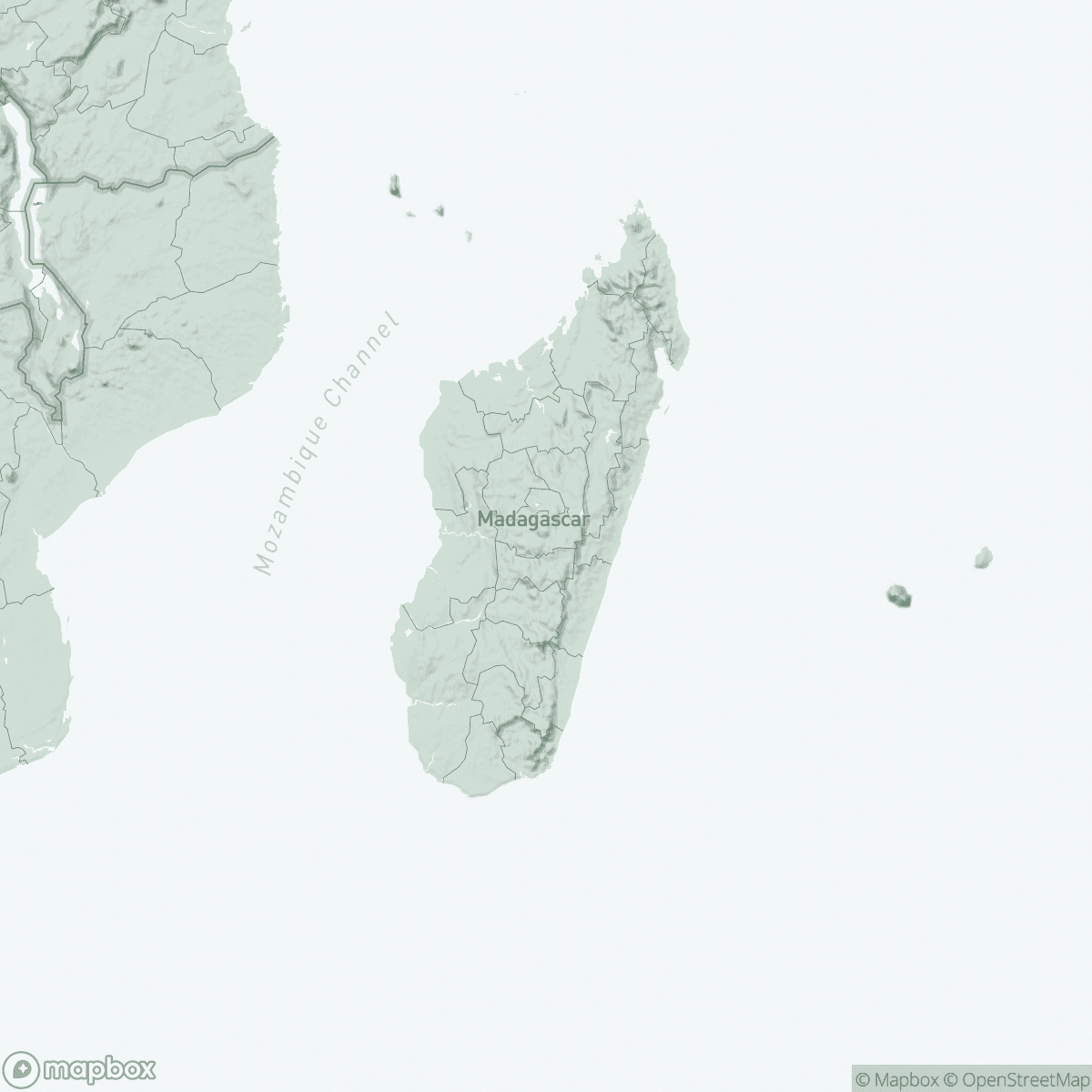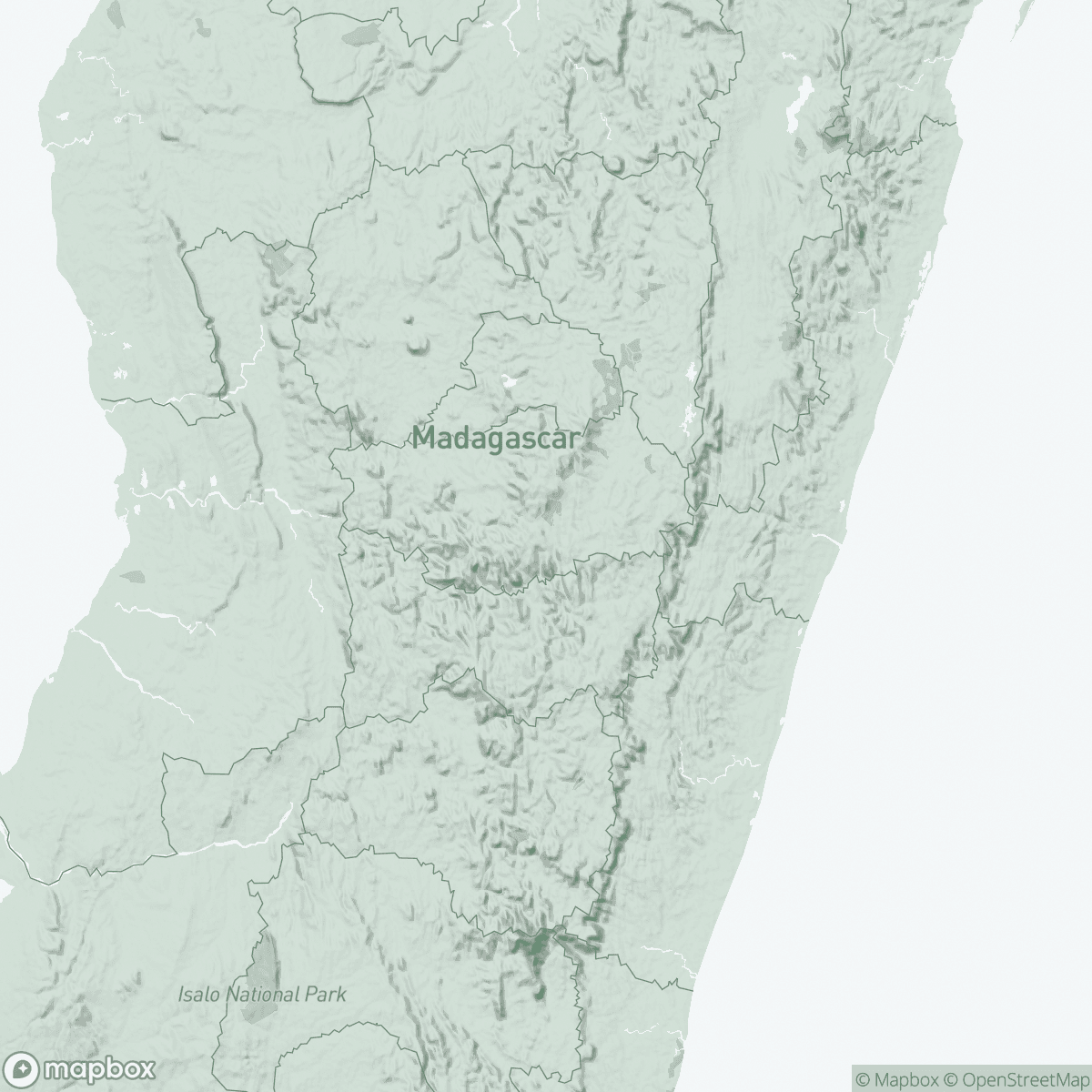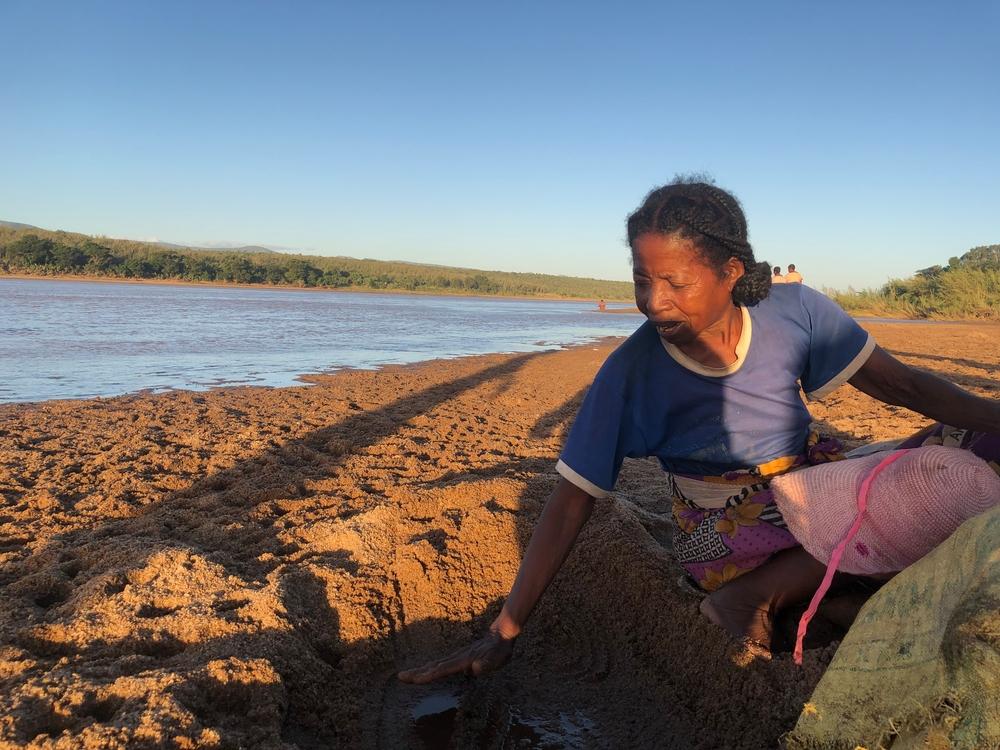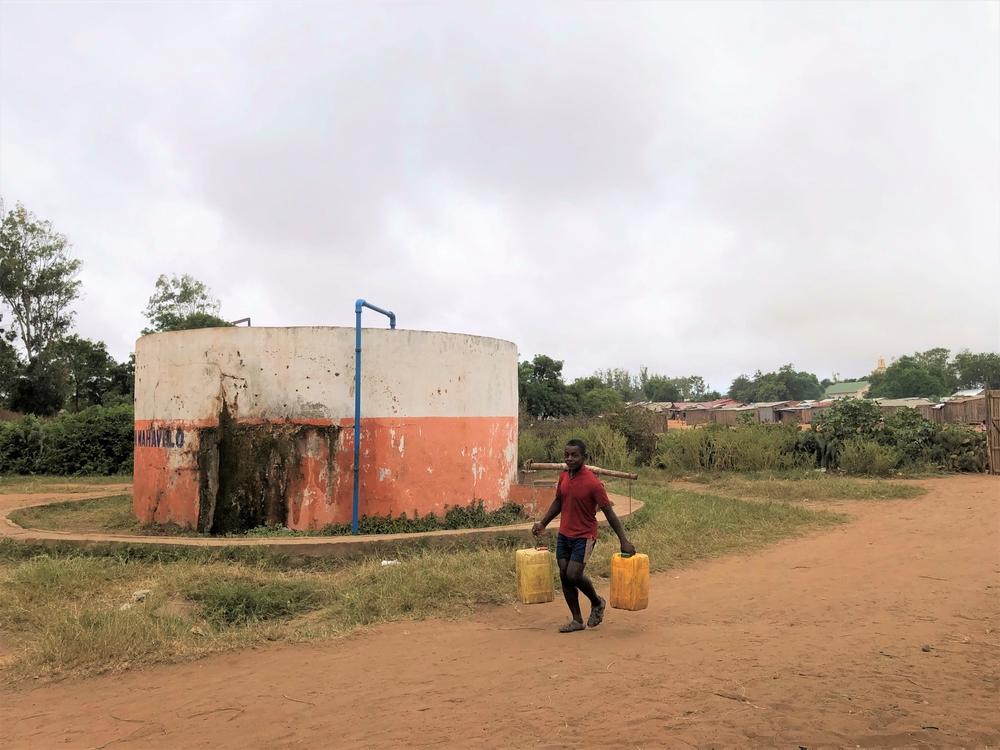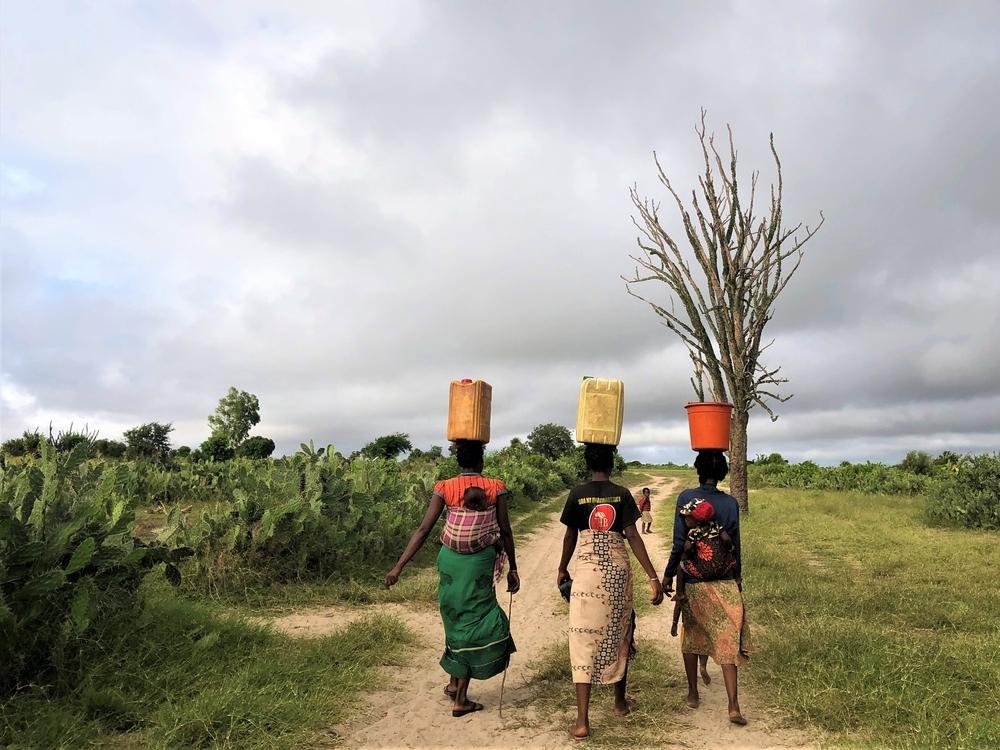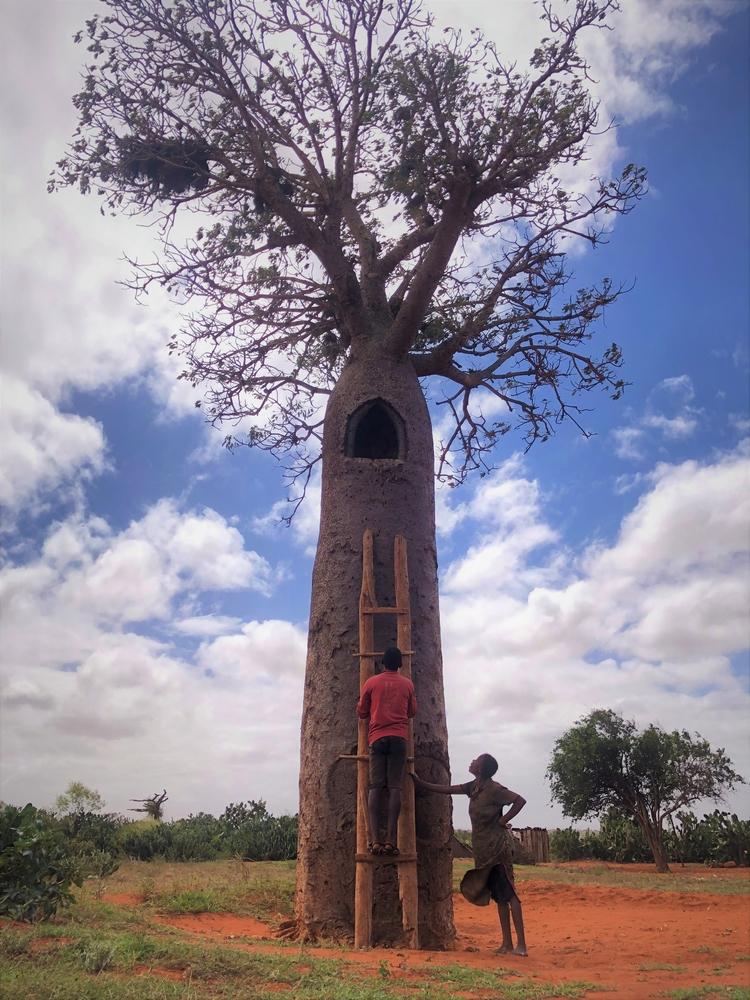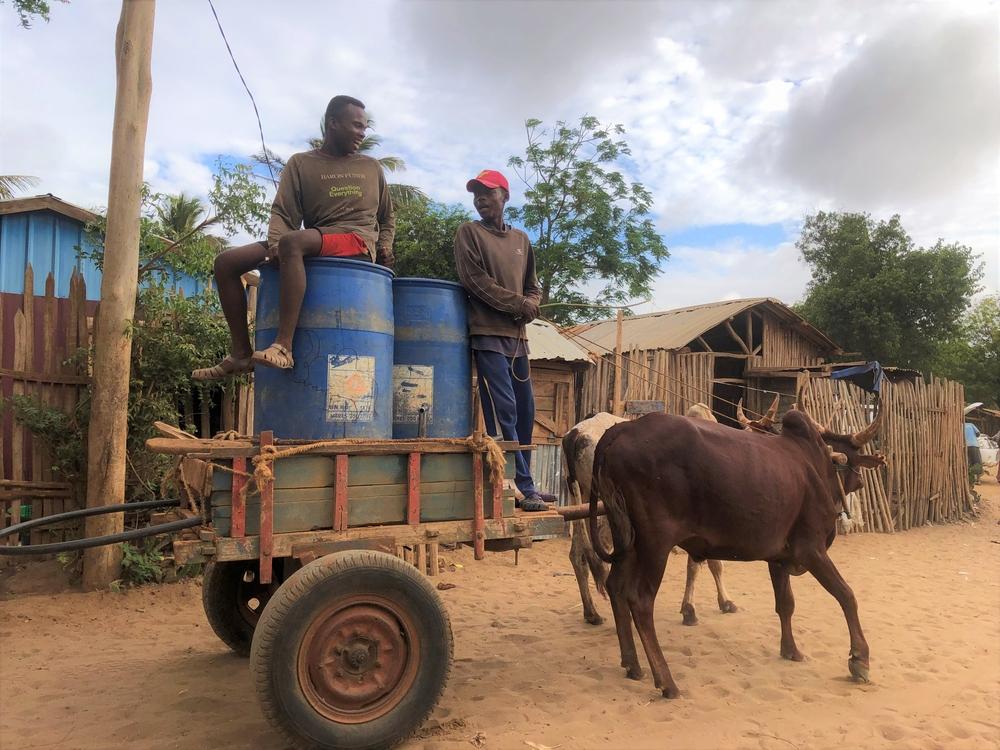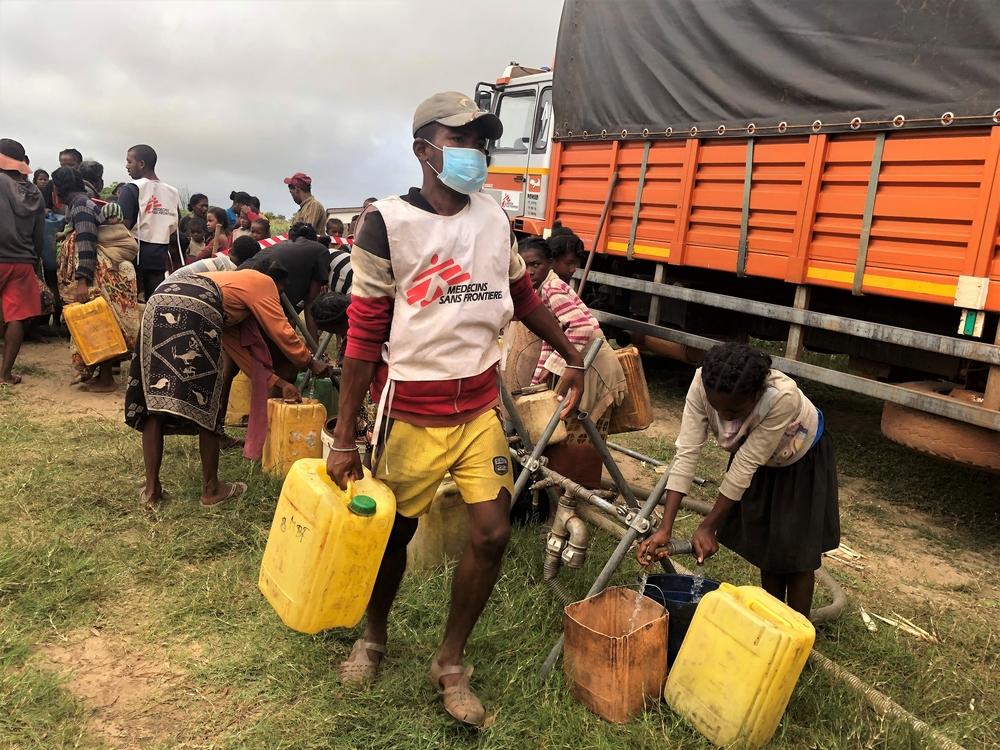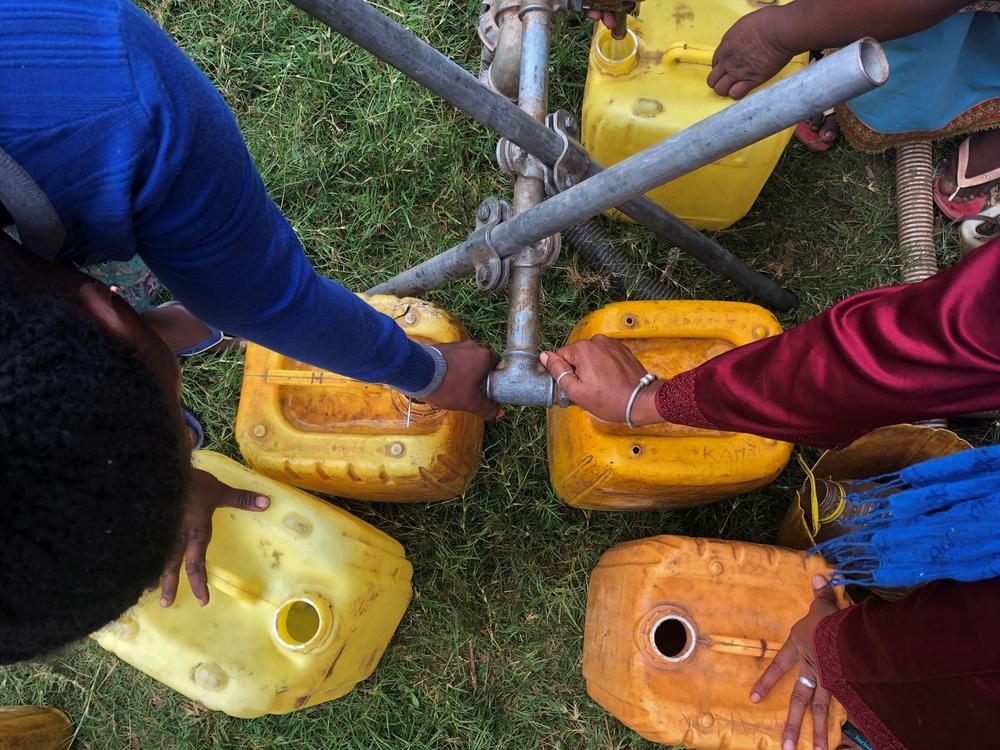
Struggling for water across Madagascar’s Great South
In 1 click, help us spread this information :
Getting from Ambovombe to Mandrare River, still dried up only a few weeks ago, demands a long trek across Madagascar’s vast Great South along kilometres of sandy paths lined with cactuses, sisal fields and the occasional solitary baobab.
“I dug the riverbed with my hands to find a trickle of water,” says Claudine, squatting in the sand to wash a pan containing just a couple of inches of murky water.
Barely a drop of rain has fallen in three years and the region’s rivers and springs have dried up, severely compromising harvests. Last year saw yet another major nutrition crisis people call in their local language kéré, which translates as, ‘to be starving’.
“As soon as I wake up I have to go and look for water,” Claudine continues while tidying away her belongings. “There’s no well in our village, so sometimes I have to walk all day,” she says as she sets off. She hopes to get back to her village before dark so that she doesn’t cross paths with dahalos – zebu thieves in Madagascar’s Grand South who plunder and rape.
Like Claudine, women and girls from remote and isolated villages have to walk in the blazing sun for many hours, sometimes a whole day, to fill a 20-litre jerrycan they carry on their heads. Barely enough water to drink, cook and wash for three days1.
In these extremely harsh conditions, the tiniest drop of water is a treasure. “We’re getting rainwater that collected in the trunk yesterday,” says Sahondra, holding her husband’s ladder while he climbs a baobab. Native to the region, giants like this one are hollowed out and used as rainwater reservoirs.
“I’d never seen such a terrible drought,” Sahondra sighs. “Sometimes I didn’t wash for several weeks and I ate raw cassava. I had almost no water to drink.” For many long months, she kept herself partially hydrated by eating plants with a high water-content, like prickly-pear cactus fruit. “I had to sell my cooking utensils in the market to pay for water,” she explains. During periods of drought, it can cost up to four times more to fill a can, forcing families to rely on brackish water they find in all too rare water holes. Unfit for human consumption, this exposes them to waterborne diseases like diarrhoea and hepatitis E.
Access to a water point can make a real difference to people’s lives
“In conditions like these, access to a water point can make a real difference to people’s lives,” explains Nicolas, MSF’s water, hygiene and sanitation engineer.
Several times a week our teams and other humanitarian aid organisations deployed in the region distribute clean water in villages, repair water points and install new ones. “Groundwater can be salty and is never easy to locate. Finding clean water requires conducting surveys upstream under the earth’s surface and drilling down 100 metres, and sometimes even more,” Nicolas points out. Operations and equipment are extremely costly and time-consuming to implement and maintain, which partly explains the total lack of infrastructure in some areas in the region.
However, access to water is vital to the future of people in Madagascar’s Great South. According to the latest IPCC (Intergovernmental Panel on Climate Change) reports, between now and the end of the century periods of drought will intensify in southern Africa, and unless something is done to facilitate people’s access to water, trigger even more nutrition crises across the region. WHO estimates that by 2025 half of the world's population will live in water-scarce areas, creating tension and conflict. In the face of such an uncertain future, developing sustainable water and sanitation infrastructure is an essential and effective way to improve the living conditions and health of the vulnerable inhabitants of Madagascar's Great South.
The rain in the wake of the cyclones that struck the east of the country between January and March has helped revive somewhat the Mandrare River. “But it’s temporary," Sahondra reminds us, "because in late April the dry season arrives – right when it’s time to harvest.”
1According to the SPHERE standards (2011 edition), a minimum of 20 litres of water per person per day is required to meet basic needs.
Communities devastated by cyclones in Madagascar reel from one climate shock after another
Aurélien is the president of the fishermen's association of Nosy Varika district. Like all the people living in the affected region, he is suffering from the many consequences of cyclone Batsirai. He answers some questions:
In this region where people live on agriculture and fishing, what is the situation for fishermen like you?
After the passage of Batsirai, fish have become increasingly scarce, and this has had a heavy impact on our daily income as fishermen. If before the cyclone, we had an income of 30,000 to 40,000 Ariary (about 9 €/ 9.30 CHF) per day, now we barely earn 4,000 to 5,000 Ariary (about 1 €/ 1 CHF).
You decided to stay here despite the cyclone that was coming. Can you tell us what happened?
I didn't want to leave the day Batsirai hit, I stayed in my house. It was only when I saw the roof and walls flying off that I finally decided to leave. I was injured in the arm, and I lost many of my belongings in the disaster. Afterwards, I couldn't go back home, so I went to disaster shelter. Now, I'm living off the few provisions I have left.
The island of Madagascar is being hit hard by climate change, what does this mean to you?
Humanitarian assistance will not last, so we are thinking about more sustainable solutions. And as president of the fishermen, we would like to be able to install a cold room to be able to expand the possibilities of selling what we fish in other places than Nosy Varika. This will also allow us to increase our daily income. Faced with the changing climate, we are also looking into fish farming techniques. As the weather has become uncertain, bad forecasts lead to deaths at sea. In the absence of meteorological equipment, we can only rely on our experience. Traditionally, we observe nature to predict the weather, that's what we've always done: observe the colour of the sky, the direction of the wind, the shape of the clouds... Deciding to go to sea to fish depends on these observations. Now, with all these uncertainties, fish farming seems to us the safest way. We would also like to get rescue boats to be able to intervene in case of accidents at sea. Here, from the age of 14, children leave school to join the ranks of the fishermen. At a very young age, they face the dangers and storms of the sea. To date, there are around 700 fishermen in the district of Nosy Varika and 360 of us are members of the fishermen's association.
